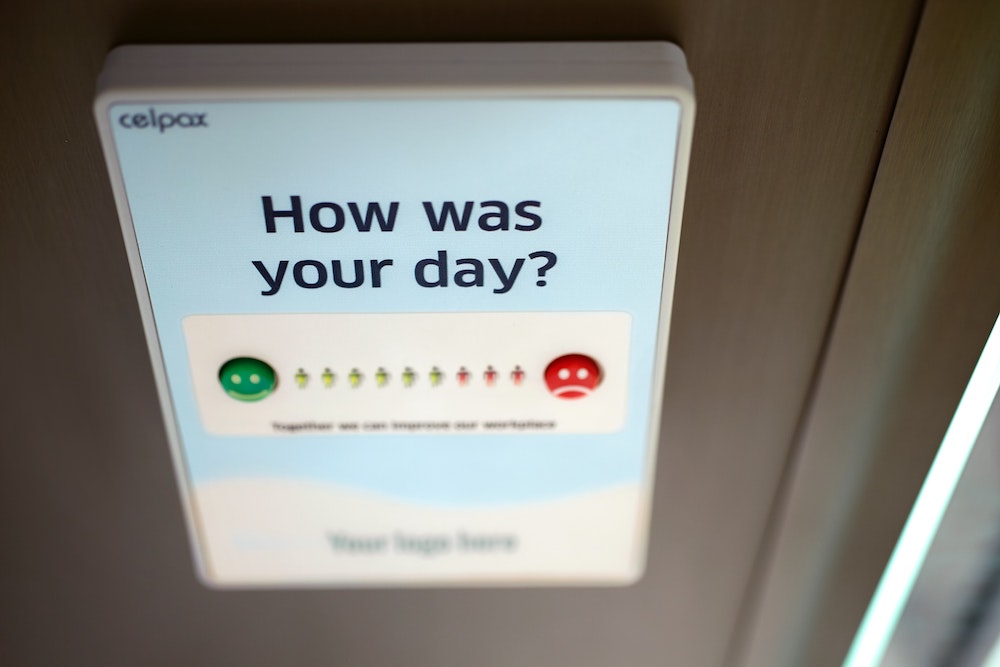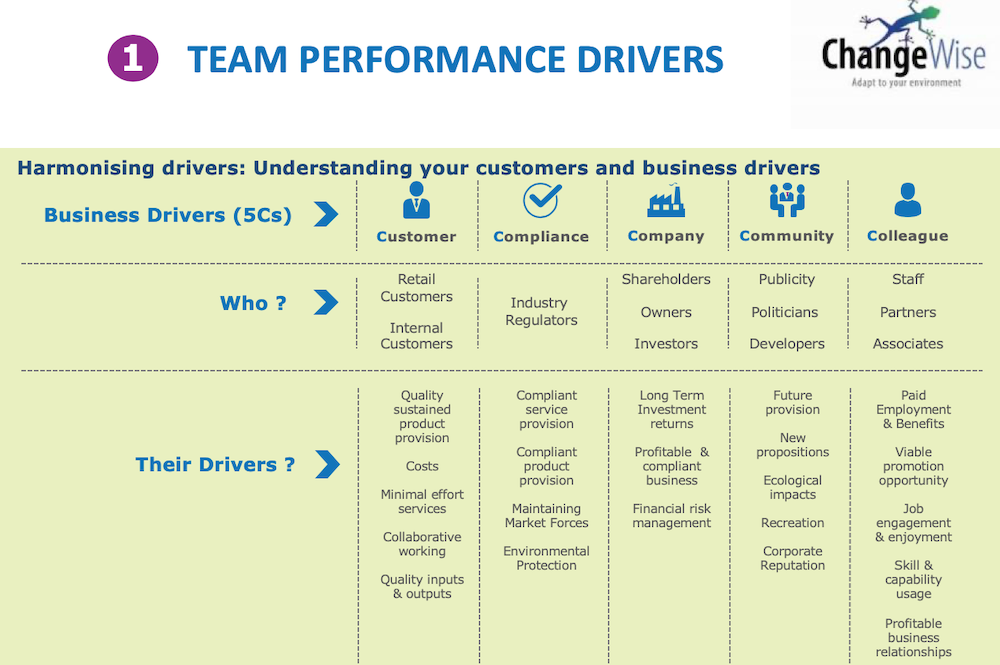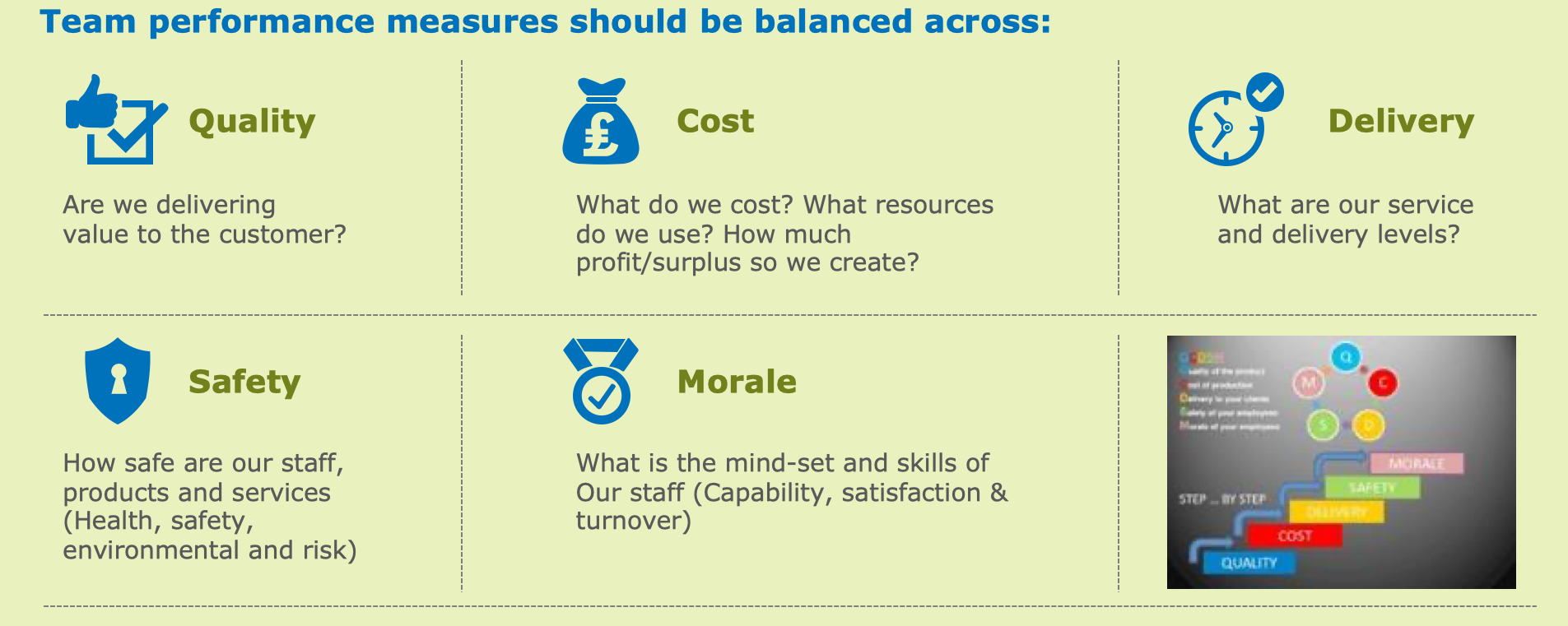To complement our series of QuickReads covering measurement, we will now explore Failure Demand (FD).…

ChangeWise Quick Read: Team Performance Drivers: Key Performance Indicators (Team KPIs) Part 2/3
In this quick read, we offer a high-level overview of Key Performance Indicators, often referred to as KPIs. We will look at why they are important and what we should consider to make sure they support company objectives.

What are Team Key Performance Indicators?
Key Performance Indicators, more commonly referred to as KPIs, are quantifiable measures used to evaluate the success of an organisation.
Ok, but why do I need them?
KPIs help us to see if our performance is meeting the targets required to ensure our organisation is competitive. Without them, we cannot set improvement targets at an organisational level, or at a team level.
Simply put, we cannot measure if we are achieving all that we need to meet our company vision.
Lean people seem to love measuring things…..
We do! Having the right measures provides organisations with all the information they need to keep things on track. They provide a starting point for improvement, set the scene for growth plans and help us to formulate suitable targets. However, we only like to measure things that are value-add. Many companies make the mistake of collecting and reporting metrics we simply do not need. This just adds waste to the process, creates confusion and fails to support our overall operational effectiveness. For more information on measuring effectively, you might like to take a look at Team Performance Drivers: Why do we Measure Things?
I get it. So how do I know which measures will make value-add KPIs?
That’s a great question! KPIs must fit with your overall company vision, and these in turn should trickle down through the organisation until they are part of team (and individual) performance plans.
A good way to start thinking about your KPIs is to really understand your customers and their business drivers. It’s so easy to think of our customers as those external to our organisation, receiving and paying for our goods and services. However, in any given process, there are many customers – some may not be as obvious, but failing to provide them with a quality service will almost certainly impact the overall success of the organisation.
At ChangeWise, we encourage our clients to use the 5Cs method when considering who might be classified as a customer. A customer can be defined as any person or group who require a product or service from you within your value stream. The 5C categories are as follows:
- Customer
- Compliance
- Company
- Community
- Colleague
Use these headings to start listing which customers need consideration in your KPIs.
Once you understand who your customers are, you can really start to think about their ‘drivers’ or what they really need or want from you as a service/product provider. The diagram below helps to illustrate this:

Once you have a better understanding of your customers and their subsequent drivers, you can start to look at how you might measure your team performance.
It is important to ensure these measures are balanced. For example, KPIs should not all focus on cost reduction, as this will almost certainly lead to quality, safety or morale issues.
Considering the 5 categories below can help to make sure your KPIs are weighted effectively:

⚠️ Remember! Key Performance Indicators (KPI’s) measure progress toward shared organisational goals and allow a baseline – a team is the sum of its individuals. Setting team goals, as opposed to individual goals will typically see a greater shift in overall improvement. For example, if a team is set an overall improvement to achieve collectively, the output is typically greater than setting individual performance targets.
Once you have a set of agreed KPIs, they can be grouped into departmental, functional and business performance reporting. We will cover this in a future QuickRead!
In Summary
Key Performance Indicators (KPIs), are quantifiable measures used to evaluate the success of an organisation, they help us to see if our performance is meeting the targets required to ensure our organisation is competitive.
Want to know more? Get in touch with the ChangeWise team at info@changewise.co.uk
ChangeWise believes employee engagement is the foundation for successful Change. Training and coaching your people to use simple continuous improvement techniques will enable your organisation to continuously adapt and stay ahead in a constantly changing and challenging environment.
For updates and interesting Lean Change insights, connect with us on LinkedIn.



